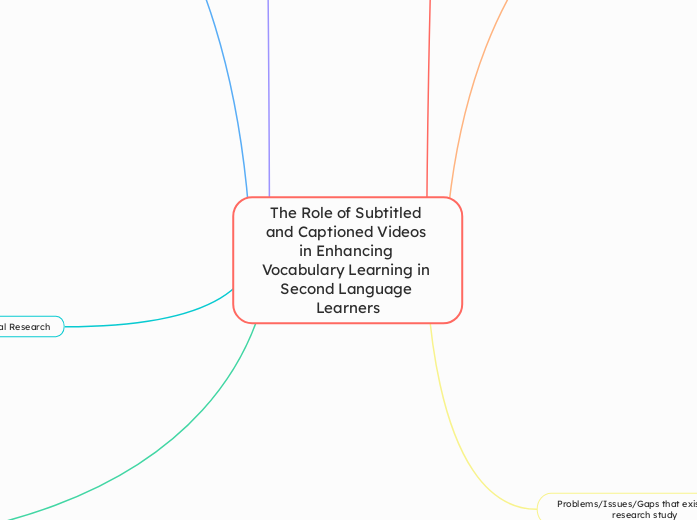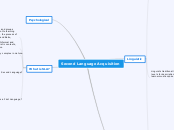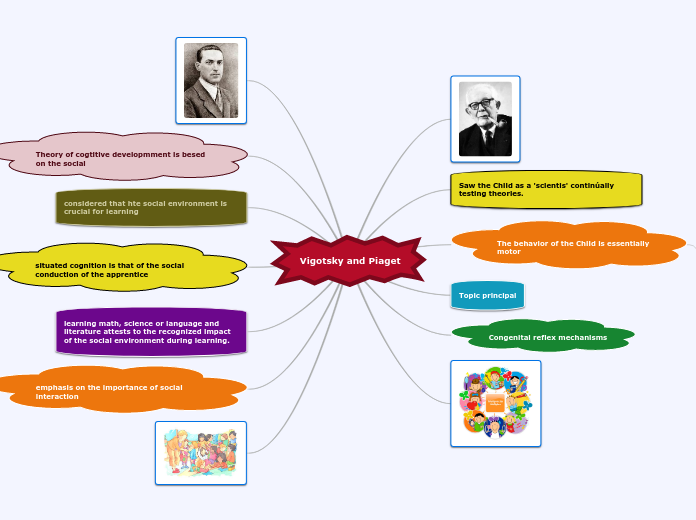jonka farah husna 1 kuukausi sitten
60
The Role of Subtitled and Captioned Videos in Enhancing Vocabulary Learning in Second Language Learners
Various research studies have explored the impact of subtitled media on vocabulary acquisition, with a general consensus that subtitles aid in vocabulary learning. These studies, however, face limitations such as small sample sizes and a lack of long-term retention tests, which affect their broader applicability.









